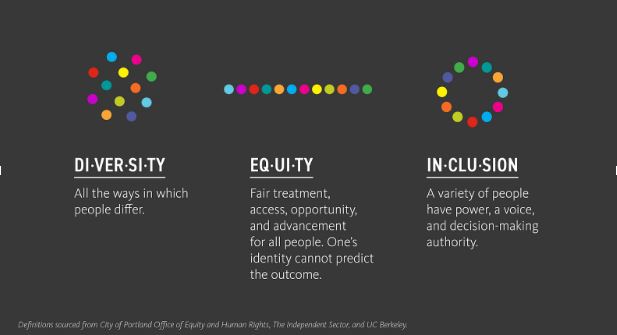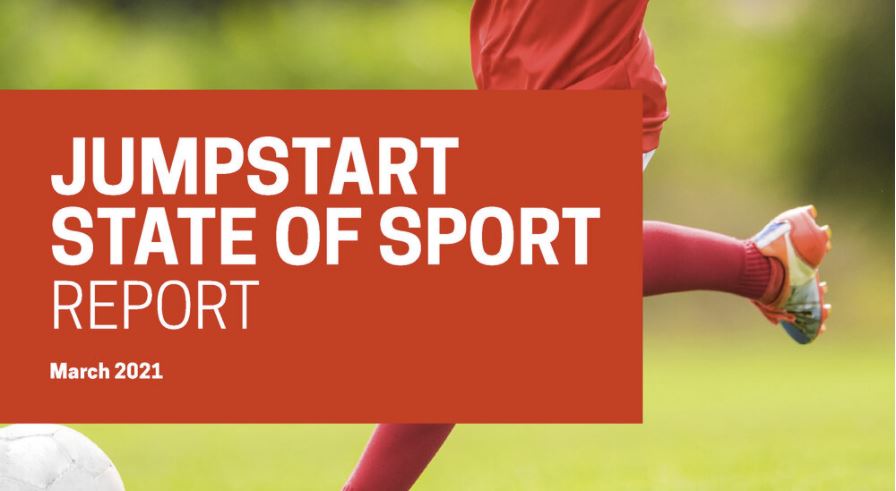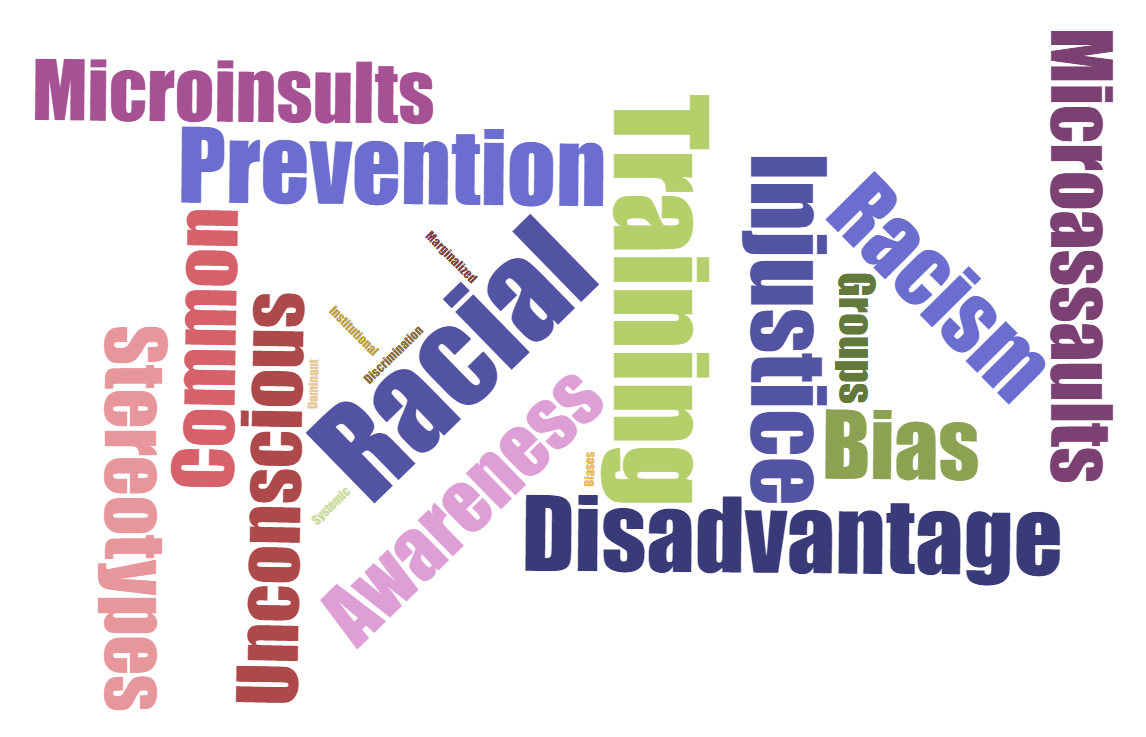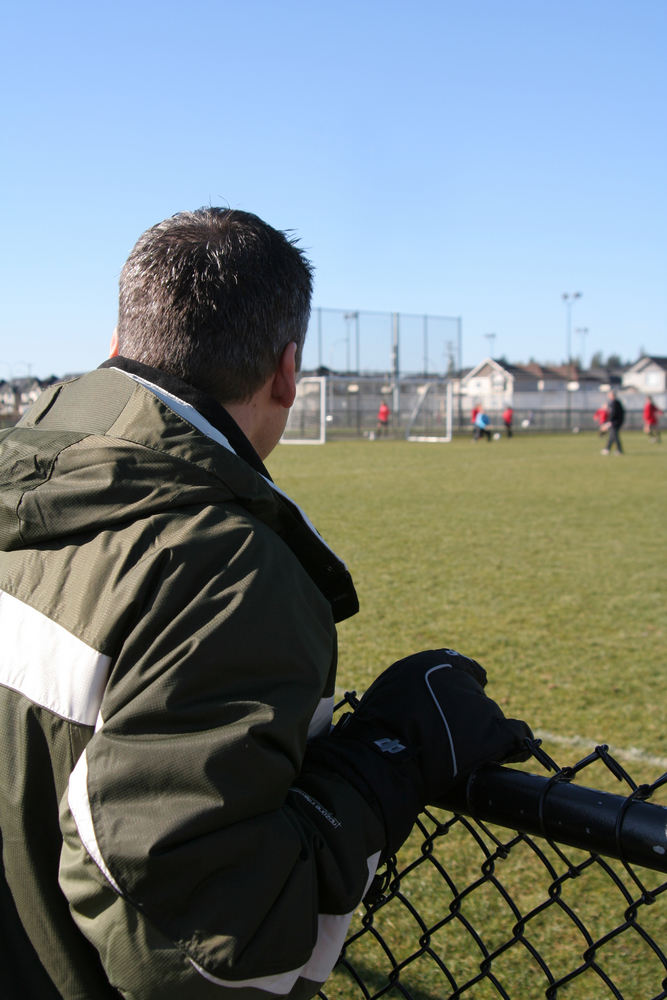Instructional Design at Respect Group
July 28th, 2021 Research, Respect Group
At Respect Group, our programs are crafted to provide engaging online learning experiences that balance effectiveness with efficiency. It all begins with thoughtful instructional design. From the content and visual design to the technical structure of our programs, each program is designed to promote an accessible, user-friendly, and lasting learning experience.
Interactivity & Learner Engagement Features
In an online environment, multiple forms of interactivity are crucial to the effective transfer of knowledge and learner engagement. To best engage learners, training must overcome the attitudes towards and challenges of an online learning environment through the writing, visual elements, and audio of a program.
In an online learning environment, there are 4 levels of interactivity: passive, limited, moderate, and full, ranging from no interaction with the online learning experience to full immersion in the online learning experience (Pappas, 2015). Full online learning interactivity is achieved when learners have the opportunity to fully interact with the program content and give feedback, giving them significant control over their experience (Pappas, 2015). Some examples of this might include interactive or simulative games or exercises, audio or video that is customizable, stories and scenarios, multimedia, and more (Pappas, 2015).
All of Respect Group’s programs are designed to be immersive experiences and meet the standards for full online learning interactivity. Fully immersive, interactive modern learning environments have many benefits, including:
- Causing a reaction and encouraging reflection in learners through simulating real-world situations and scenarios
- Enhancing engagement with program content and knowledge retention
- And promoting the motivation to continue the online learning journey (Pappas, 2015)
From pre/post-program surveys and client testimonials, to learners reaching out and sharing how the program has changed their views and behaviours, Respect Programs consistently receive positive feedback demonstrating the benefits above.
Writing
The design and content of Respect Programs are tailored by subject-matter experts to meet key learning objectives through micro-learning by dividing content into modules and topical components. Within these modules, expert clips, scenarios and storylines are used to contextualize the program content. Instead of focusing on definitions and concepts alone, our programs go beyond awareness and towards action, providing tools to apply what is being learned in real-life scenarios. The tone of our program scripts is conversational, with information being shared versus taught, and is designed to speak to the broadest possible audience, avoiding jargon and technical language.
Our approach aligns with multiple theories of instructional design. Cross’s Adult Learning Theory maintains that personal experiences influence how a learner will interpret and engage with the information (Mehta, 2020). Program elements such as quizzes and reflection questions personalize the learner’s experience with our programs. Burrows’s Problem-Based Learning theory is grounded in the idea that the purpose behind learning is to solve real-world problems (Mehta, 2020). Through scenarios, storylines, and expert clips, real-world problems are embedded into each module of all Respect Programs.
Within our programs, visual text is minimalized, aiming to complement but not overlap with verbal content and enhancing the visual experience on all types of screens. The focus is on key messaging, identifying and reinforcing core program themes. Further, white space is maintained throughout the program, which is not only visually appealing but beneficial for those with visual or reading challenges, or those for whom English and French is a second language. Handouts and additional learning resources are provided at the end of each program and clients may personalize these handouts to include their organization’s specific information and resources related to key topics covered in the program. These customized resources enable users to access this information outside of the learning space.
Evidence-based research on reducing cognitive load, or the required capacity to process information, when teaching with multimedia recommends limiting the number of words presented as visual information, instead favouring narration (Mayer & Moreno, 2003). Further, offering cues on which content is essential through emphasizing key words and synchronizing visuals and corresponding narration to eliminate duplication reduces the cognitive load on learners (Mayer & Moreno, 2003). The more the cognitive load on a learner is matched with their skill level, the more likely it is that they will individualize the content to their own experiences, all of which enhances learning (Mayer & Moreno, 2003).
Visual Design, Animation & Illustration
All Respect Programs are viewed through a primary content window, or a ‘stage’, a defined focal point for the eye to focus on. Movement, whether subtle or defined, occurs every 10-12 seconds to maintain engagement with the visual content.
Our internal design team plans and creates all visual elements used in our core programming. The illustrations used create motion, enhance visual interest, and complement the audio and visual messaging being shared simultaneously. These illustrations are also used in marketing materials for all programs to promote continuity of design across all Respect platforms. The animated aspects of our programs enhance the story-telling qualities of the audio, bringing program storylines and scenarios to life.
According to the Social Science Research Network, 65% of people are visual learners, compared to 30% of people who learn best by hearing (Hill, 2019). Animation and illustration have been identified as key tools used to simplify and communicate complex information that is harder to capture through video or text alone (Hill, 2019). They can also be used to bring personal stories to life, focus attention, and promote discussion, all of which are key goals of Respect Programs (Hill, 2019).
Accessibility to the Broadest Range of End-User Skill Sets
A core feature of all Respect Programs is our commitment to creating experiences that work for all learners across different contexts, including:
- Being location agnostic: our program environments are created with a high-definition rich media experience, without high bandwidth requirements
- Being device agnostic: our programs support a variety of operating systems and devices as broadly as possible
- Learner skill set: most importantly, our programs are designed to be accessible for a range of learners with a variety of skill sets
All of our programs are designed with the highest standards of accessibility. Our Respect in the Workplace program is WCAG 2.1 AA accredited, the highest accessibility standard accepted by all levels of the Canadian government, and we are working towards the accreditation process with the rest of our programs.
In contemporary learning environments, accessibility and usability are intertwined. Accessibility can be understood as the ability of an online learning environment to adjust to the needs of all learners, and usability is the ease of use of the learning environment or the tools or resources within it (Cooper et al., 2016). Designing for higher levels of accessibility, particularly through considering the needs of learners with diverse abilities, ultimately improves usability for all; in turn, both accessibility and usability directly impact the effectiveness of the program teachings (Cooper at al., 2016).
Further, the National Center on Universal Design for Learning (UDL) has created a set of UDL guidelines to promote universal design in online learning, including:
- Providing multiple means of representation
- Providing multiple means of action and expression
- Providing multiple means of engagement (McGill Library, 2021)
Our programs are developed in keeping with these standards to ensure accessibility for learners of all abilities and skill levels.
Technical Structure Features
Within all of our programs, the user is in charge of their learning journey. Learners decide when they complete their learning and in what ‘chunks’, based on micro-learning modules/sections that are typically between 7-10 minutes each. At the end of each section, a preview of the next section (including section length) helps learners to decide if they want to continue. Through sequential unlocking of program modules, content and information progressively build towards key learning objectives.
This structure yields two benefits that improve the effectiveness of our programs. First, the ability to follow a structure while providing options in how and when learning is completed allows users to take responsibility for their learning, building internal motivation to engage with the content (Morgan & Belfer, 2007). This structure also employs the technique of scaffolding learning outcomes from basic and broad to advanced and specific, which supports learners with a variety of skill sets progressing through their learning journey (McGill Library, 2021).
Other technical features include offline program access and the personalization of an organization’s learning journey through customized design, leader messages, and handouts. The option to personalize program content is one technique that supports full immersion and the highest level of interactivity in online learning programs (Pappas, 2015).
You can learn more about our programs and see these elements of instructional design in action through the links below:
- Respect in the Workplace
- Respect in School
- Respect in Sport
- Respect in Sport for Officials
- Keeping Girls in Sport
- Stay in the Game
Resources:
Cooper, M., Colwell, C., & Jelfs, A. (2007). Embedding accessibility and usability: considerations for e-learning research and development projects. Retrieved from https://pdfs.semanticscholar.org/69bb/58db9ee5ac7a6aa3fd8f1b5ef96173ee38e3.pdf
Hill, D. (2019, March 22). Making the most of animation in elearning. Retrieved from https://www.elucidat.com/blog/animation-elearning-examples/
Mayer, R. E., & Moreno, R. (2003). Nine ways to reduce cognitive load in multimedia learning. Educational psychologist, 38(1), 43-52.
McGill Library. (2021, June 11). eLearning kit: Designing for e-learning. Retrieved from https://libraryguides.mcgill.ca/eLkit/designing
Mehta, N. (2020, December 3). Some important instructional design theories. Retrieved from https://elearningindustry.com/important-instructional-design-theories
Morgan. T., & Belfer, K. “A framework for choosing communication activities in e-learning” In: Bullen, M., & Janes, D. P. (2007). Making the transition to e-learning: Strategies and issues.
Pappas, C. (2015, April 18). eLearning interactivity: The ultimate guide for eLearning professionals. Retrieved from https://elearningindustry.com/elearning-interactivity-the-ultimate-guide-for-elearning-professionals









